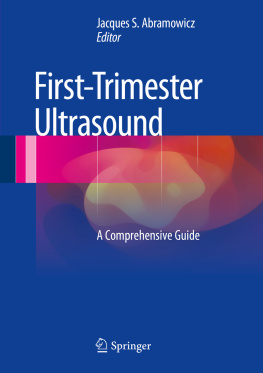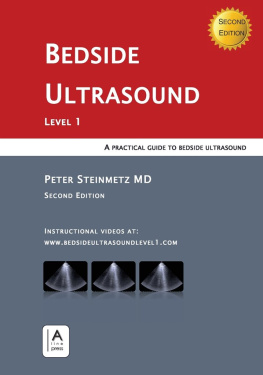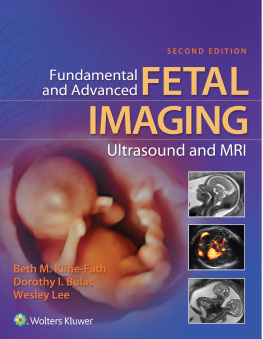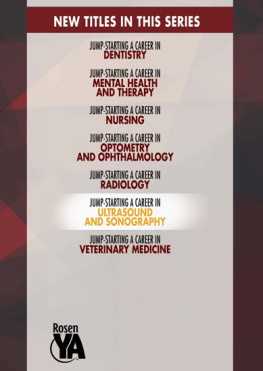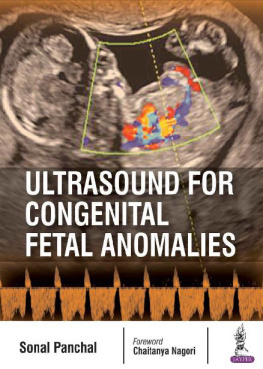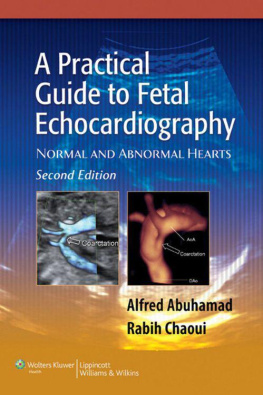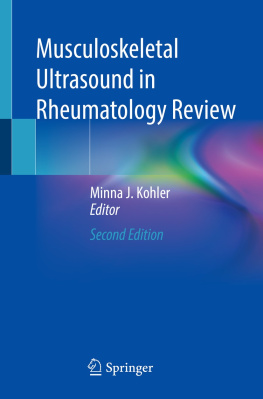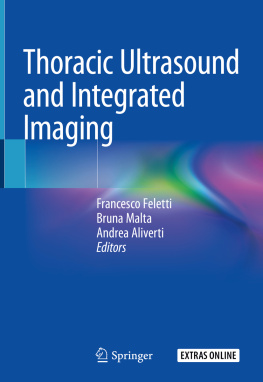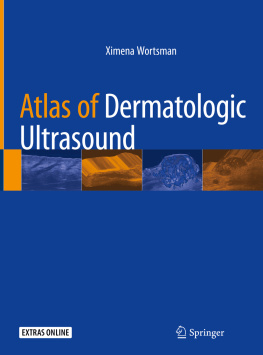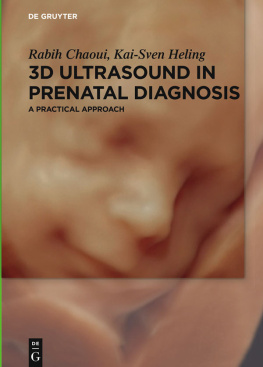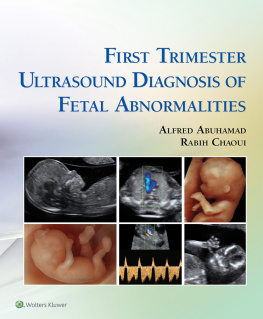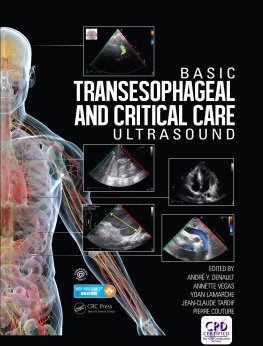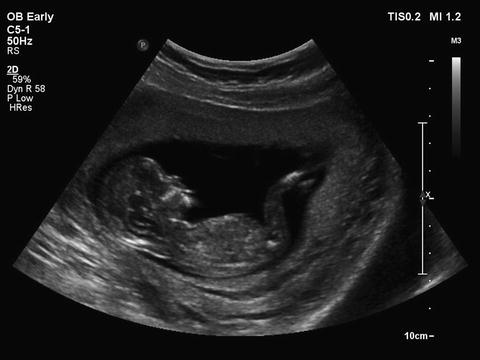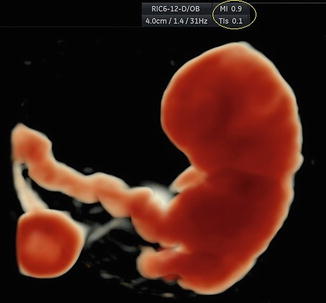Jacques S. Abramowicz - First-Trimester Ultrasound: A Comprehensive Guide
Here you can read online Jacques S. Abramowicz - First-Trimester Ultrasound: A Comprehensive Guide full text of the book (entire story) in english for free. Download pdf and epub, get meaning, cover and reviews about this ebook. year: 2015, publisher: Springer, genre: Romance novel. Description of the work, (preface) as well as reviews are available. Best literature library LitArk.com created for fans of good reading and offers a wide selection of genres:
Romance novel
Science fiction
Adventure
Detective
Science
History
Home and family
Prose
Art
Politics
Computer
Non-fiction
Religion
Business
Children
Humor
Choose a favorite category and find really read worthwhile books. Enjoy immersion in the world of imagination, feel the emotions of the characters or learn something new for yourself, make an fascinating discovery.
- Book:First-Trimester Ultrasound: A Comprehensive Guide
- Author:
- Publisher:Springer
- Genre:
- Year:2015
- Rating:3 / 5
- Favourites:Add to favourites
- Your mark:
First-Trimester Ultrasound: A Comprehensive Guide: summary, description and annotation
We offer to read an annotation, description, summary or preface (depends on what the author of the book "First-Trimester Ultrasound: A Comprehensive Guide" wrote himself). If you haven't found the necessary information about the book — write in the comments, we will try to find it.
This book offers a unique and focused study of the use of ultrasound during the first trimester, a critical time in a fetus development. It includes basic examination guidelines as well as cutting-edge ultrasound modalities, including Doppler and three-dimensional ultrasound, for the period immediately preceding conception through early embryology. Beginning with a discussion of the safety and efficacy of diagnostic ultrasound and the use of this modality for the evaluation and treatment of infertility, recognized experts in the field explore conditions that may interfere with normal conception or development, including maternal diseases that would benefit from early scanning, elements of teratology, multiple gestations, ectopic pregnancy, gestational trophoblastic disease, fetal anomalies and invasive procedures in the first trimester. Numerous illustrations and figures are provided to serve as aids for understanding key concepts. First-Trimester Ultrasound is a valuable resource for many, in or after training, in obstetrics and gynecology, radiology, emergency medicine, family medicine and genetics.
Jacques S. Abramowicz: author's other books
Who wrote First-Trimester Ultrasound: A Comprehensive Guide? Find out the surname, the name of the author of the book and a list of all author's works by series.

